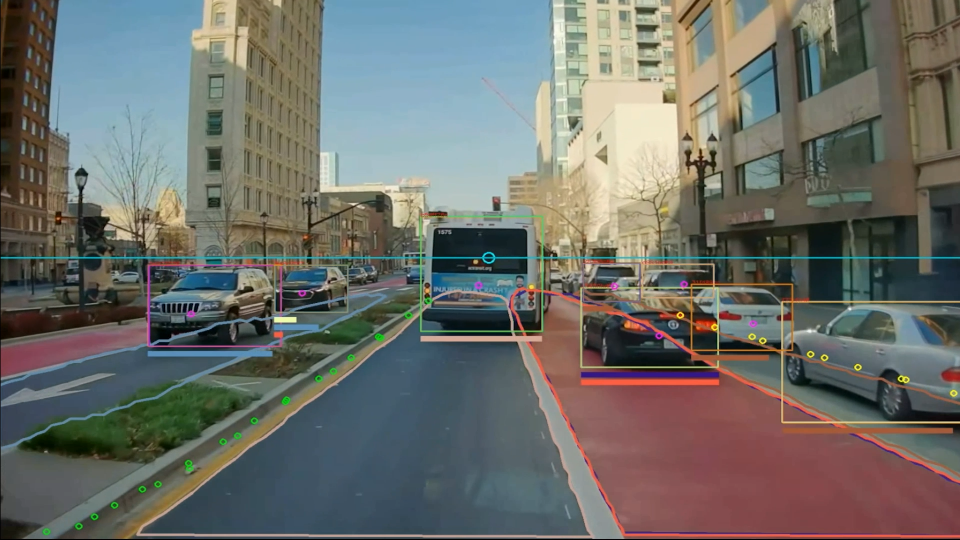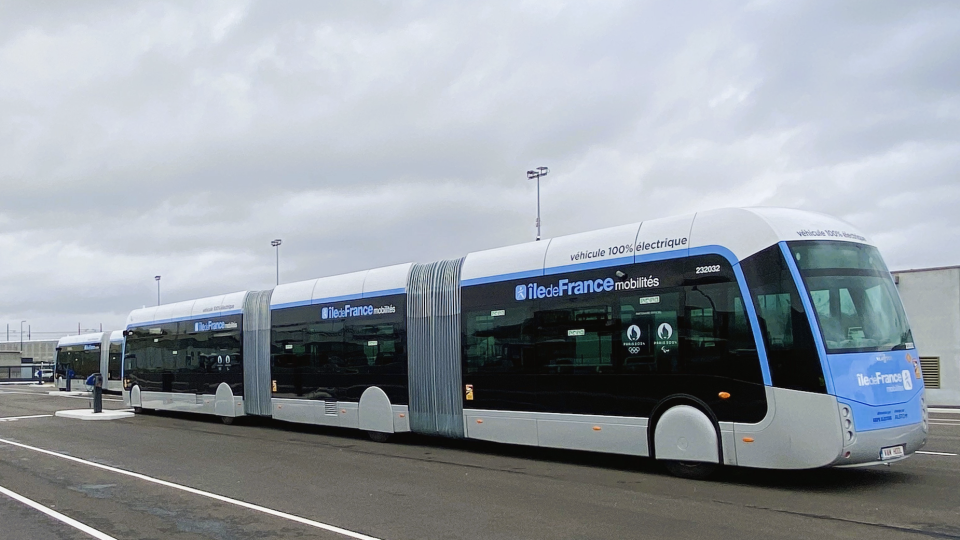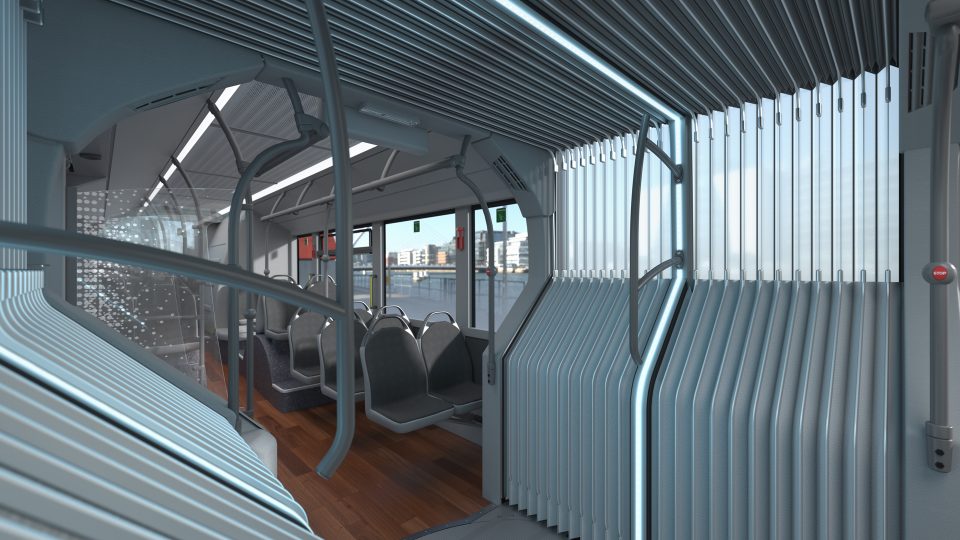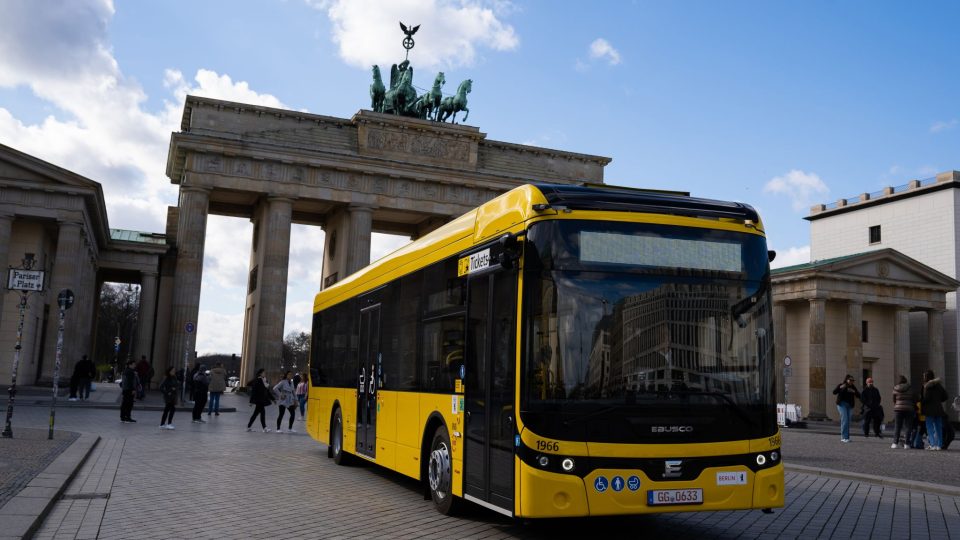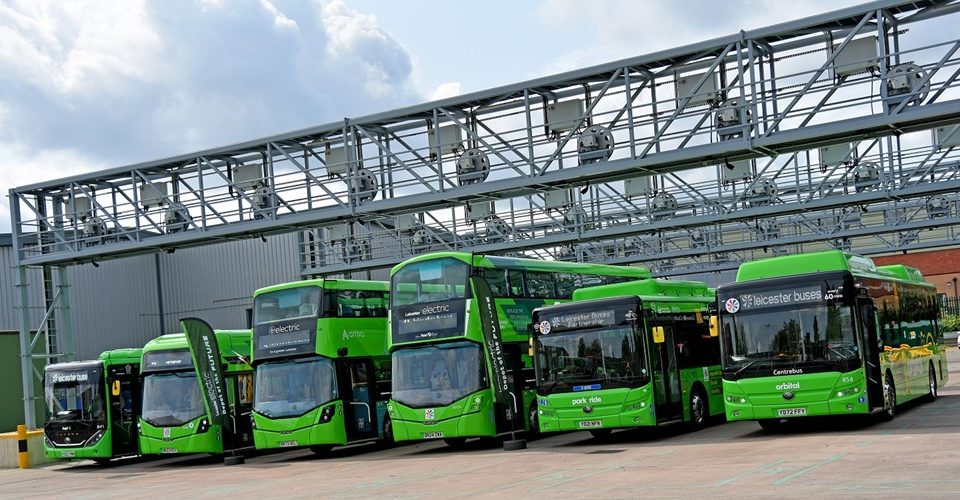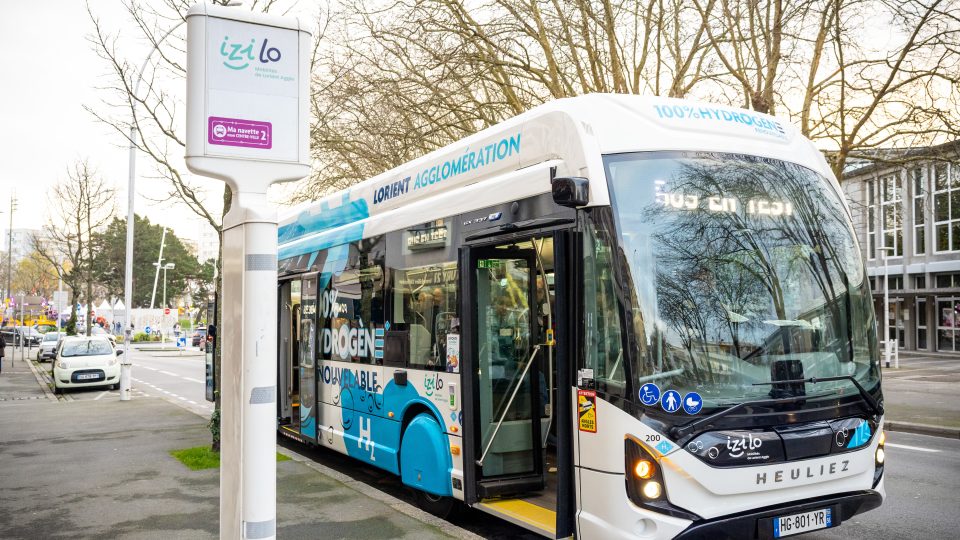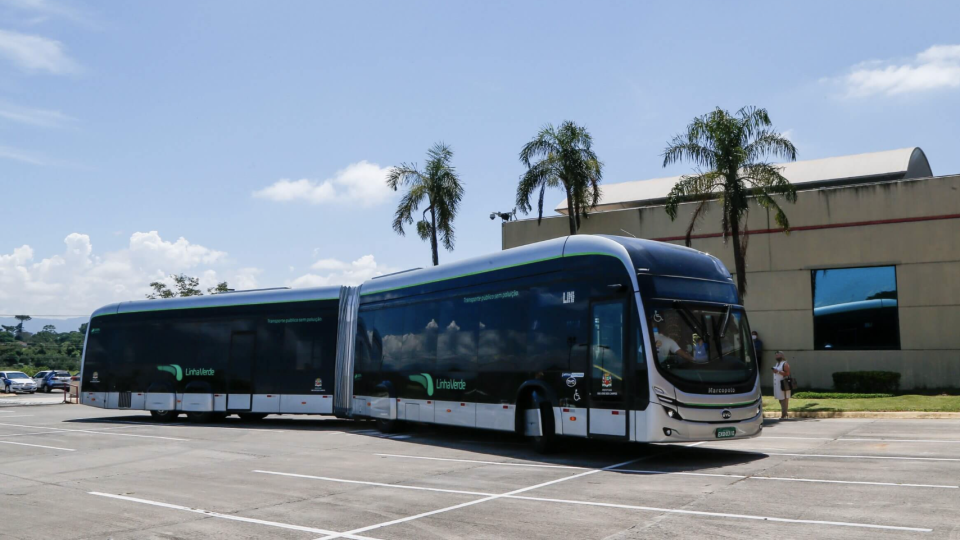Wiener Linien introduces Rampini H2 minibuses on city center routes
Vienna transit operator Wiener Linien will welcome in September 2025 a batch of 10 fuel cell buses made by Italian manufacturer Rampini, set to circulate in Vienna city centre on lines 2A and 3A. As announced in summer 2024, they will replace the previous Rampini e-minibuses. “Due to the extended range, charging infrastructure in the […]

Vienna transit operator Wiener Linien will welcome in September 2025 a batch of 10 fuel cell buses made by Italian manufacturer Rampini, set to circulate in Vienna city centre on lines 2A and 3A. As announced in summer 2024, they will replace the previous Rampini e-minibuses. “Due to the extended range, charging infrastructure in the city centre is no longer necessary and the vehicle fleet for lines 2A and 3A can be reduced from twelve to ten buses”, Rampini points out. Around 60 e-buses, 12 of wich are e-buses by Rampini, are already in operation in Vienna.
The purchase of the battery-hydrogen buses is funded by the EU via the EBIN programme of the Federal Ministry for Innovation, Mobility and Infrastructure. 12 million euros have been invested.
Vienna to have Rampini fuel cell buses in operation
The project shows synergies within the Wiener Stadtwerke Group: Wien Energie produces the hydrogen from renewable energies, the buses are refuelled at the Wiener Netze campus and Wiener Linien uses it to get its passengers to their destinations.
The new, fully air-conditioned minibuses are based at the Wiener Netze campus in Simmering. They are fuelled with ‘green’ hydrogen, which is produced directly on site in the electrolysis plant from green electricity.
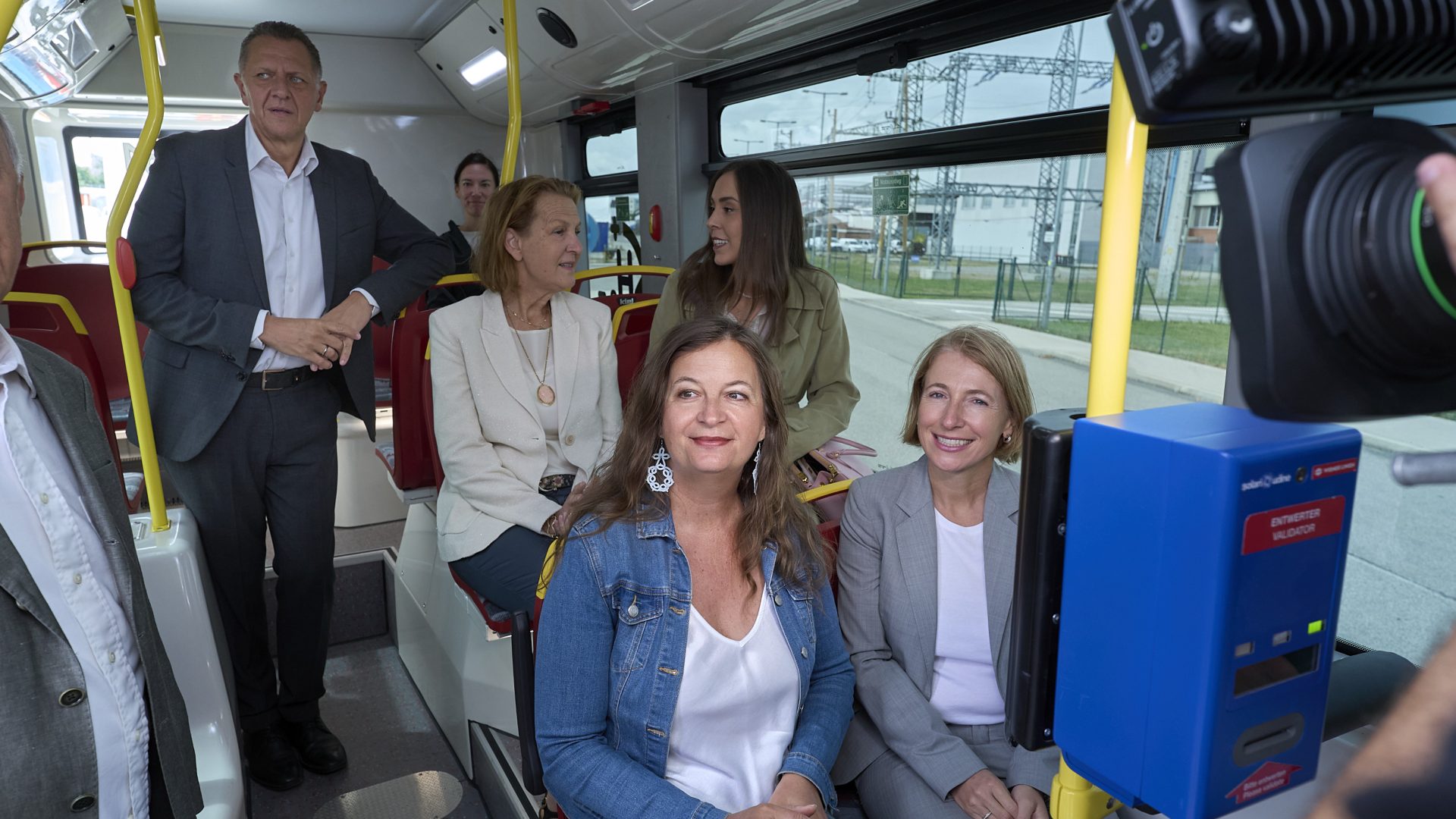
Wiener Linien’s competence centre for electromobility was opened in Siebenhirten (23rd district) in 2024. Nine bus routes in Liesing and Simmering have now been converted to all-electric drive, with a total of 50 twelve-metre-long Mercedes eCitaro buses in operation (they’ll be 60 at the end of the supply). Further lines such as the 59A will follow this year. Also ten buses from Portuguese manufacturer CaetanoBus, 12-meter long, will be travelling on route 39A, following a tender awarded in February 2024.
In the Rampini Hydron buses, the only 8-meter fuel cell bus on the European market, the 230 kW central electric motor not only draws its energy from a 170 kWh LTO battery: a hydrogen fuel cell generates continuously electrical energy during the journey so that the bus can be in use all day without recharging thanks to this sophisticated ‘range extender technology’.
The Rampini Hydron is a fully electric, hydrogen-powered midibus manufactured by Rampini at its facility in Passignano sul Trasimeno, Italy. Designed for urban and suburban transport, the vehicle measures 8 meters in length, 2.2 meters in width, and 3.25 meters in height, with a total capacity of 42 passengers—13 seated, 28 standing, and one multifunctional space. The Hydron is powered by a 30 kW fuel cell system or, alternatively, via CCS charging at up to 150 kW in four selectable modes managed by the Hy4Drive software. Energy is stored in a 175 kWh LTO (lithium-titanate oxide) battery, while propulsion is delivered through a centrally mounted synchronous electric motor (PSM) with a peak output of 230 kW. Hydrogen is stored in three roof-mounted Type IV tanks, each with a capacity of 5 kg, totaling 15 kg of green hydrogen. Depending on driving conditions and energy mode, the Hydron offers an estimated range of approximately 350 km, the producer says.
Caterina Rampini, Vice President and CEO of RAMPINI, says at the handover-ceremony: “We are very proud to deliver again buses to Wiener Linien after the first delivery of pure battery buses in 2012. This shows the reliability of the technology as well as the trust of this esteemed customer. With the new Hydron buses, officially launched in 2023 at the biggest bus exhibition in Brussels, we enter a new phase of technolgy development to work for a cleaner and sustainable future. These very flexible and versatile Minibuses will show, what hydrogen as a energy carrier can deliver in public transport and move people comfortably and sustainably in the austrian capital.“
“Vienna has set itself the goal of being climate-neutral by 2040. We are continuing to massively expand environmentally friendly public transport, currently the U2XU5 and three new tram lines. New drive technologies also play a key role. Wien Energie, Wiener Netze and Wiener Linien are joining forces to once again make Vienna a European pioneer in the decarbonisation of public transport with the new E-H2 buses. With these buses, we are investing in the future of our city and ushering in a new era of sustainable mobility,” said Public Transport Councillor Ulli Sima.
Gudrun Senk, Technical Managing Director of Wiener Linien: “Wiener Stadtwerke is consistently leading the way in climate protection. We tested the new bus intensively in advance and are utilising the synergies within the Wiener Stadtwerke Group with the new drive system. The innovative battery-hydrogen technology enables all-day operation without charging interruptions. With the new buses, all Viennese will benefit from more environmentally friendly, quieter and safer mobility from September while enjoying a high level of comfort.”

